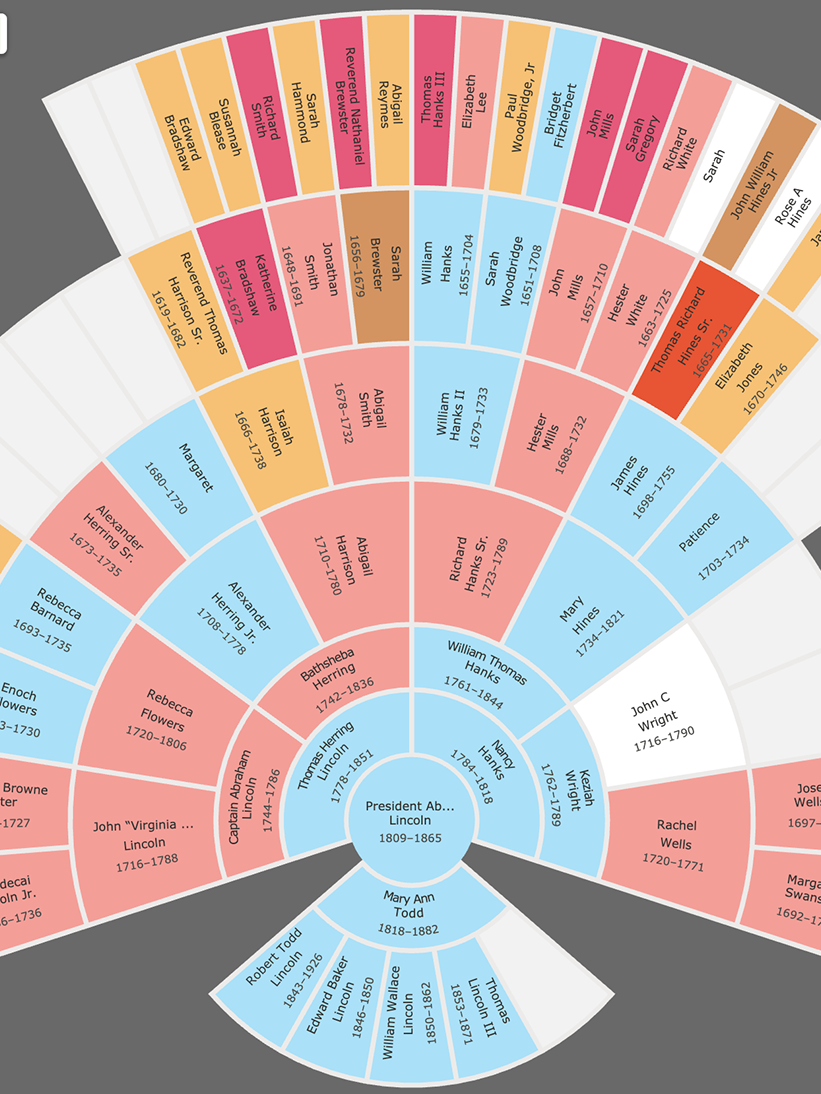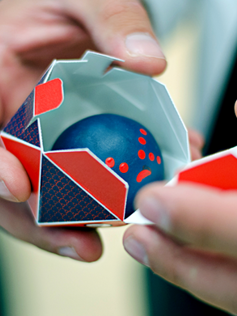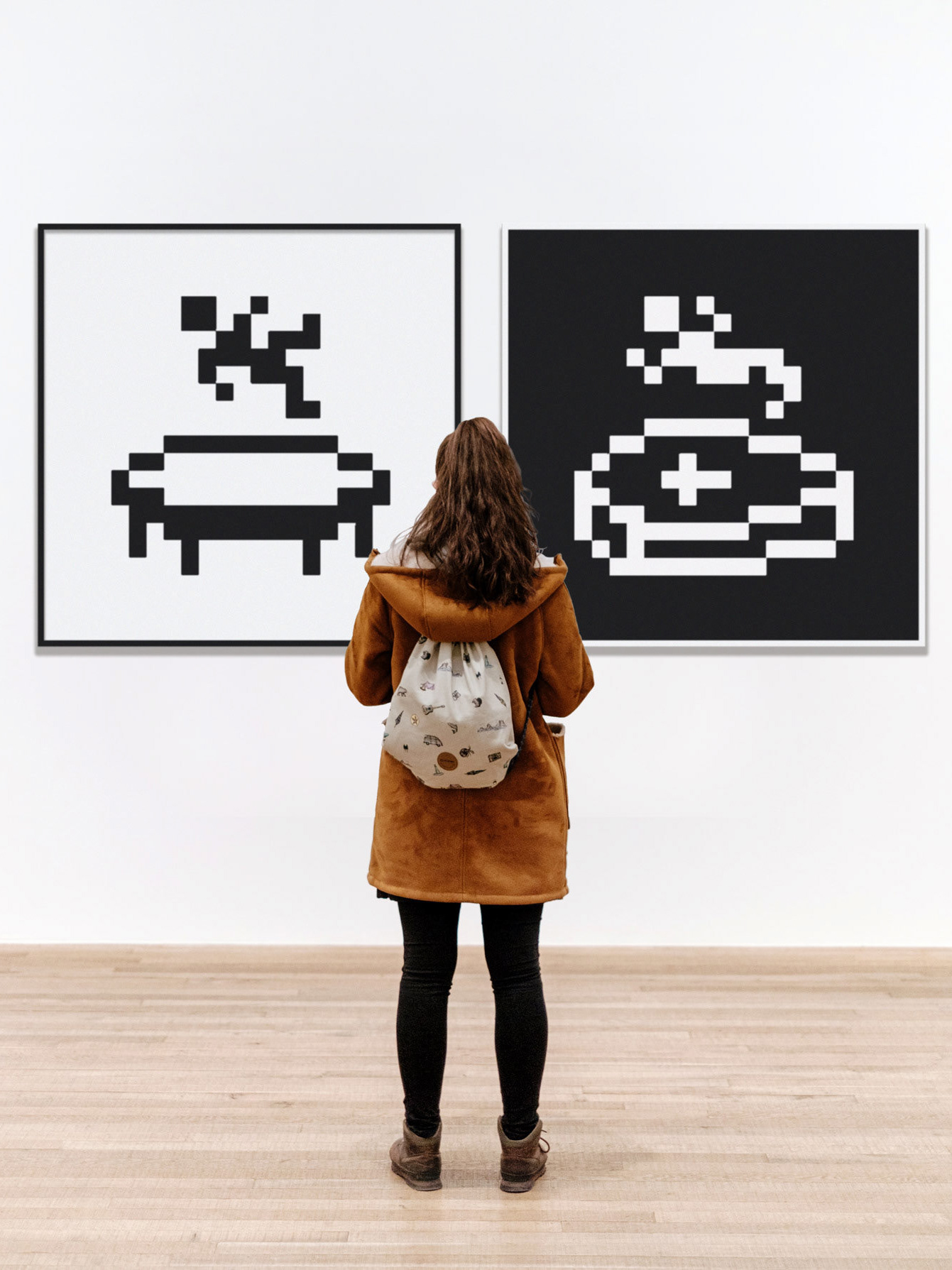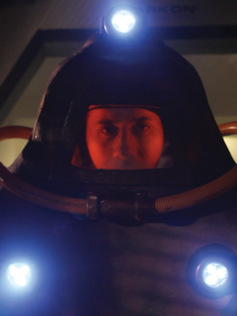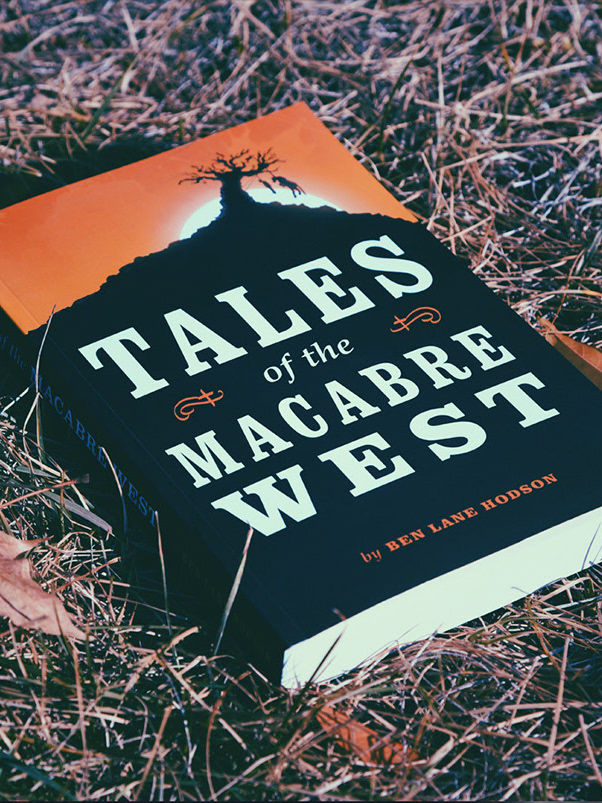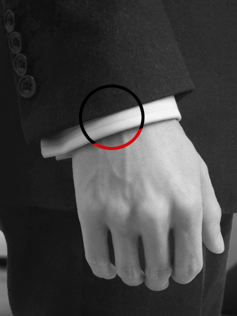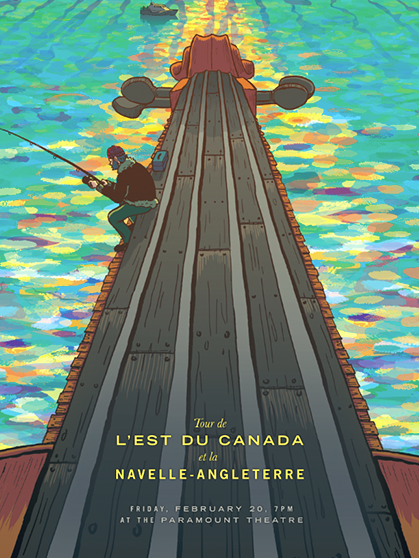Dev Leads: Chayston Wood, Jake Tyler, Brooke Rhees, Simeon Reynolds
Product Managers: Amelia Shelton, Caro Seiler
Strata Button and Icon Button: states, emphasis, and light/dark mode theming.
Under the hood of the Button Figma component including: variants, props, auto layout, an intuitive structure, component definition and guidelines.
Side Tabs component, keyboard focus order spec
Component states are all wired up so designers inherit all the hover and pressed interaction animations instantly and for free when they use the asset library.
Sample of the Strata icon library.
Those who contribute to Strata, receive an exclusive patch from the design systems team.
Design: Kevin Dewey, Denis Modugno, Andrew Hair, Bethany Bateman, Casey Robinson, Christine Chiang, Dave Nay, David Matayoshi, Eliza Jensen, Alison Smith, Joe Martel, Josie Morris, Mark Gowans, Mati Collings, Matt Spencer, Michelle Barber, Robb Perry, Ryan Plumb, Ryon Bazzle, Sierra Sahleen, Jake Kenning, Pei Shu
Dev Leads: Matthew Larson, Zach Williams, Kyle West, Derrick Craven
Dev Architect: Gabe Dayley
Managers: Jeff Hawkins, Brian Edwards
The kickoff meeting with devs, ux, and pm to paint the vision of where we wanted to go with a design system and to discuss early questions/concerns.
Twice a week, the Zion team of designers and developers runs a "Hashbrown Dragon" meeting to hash out and resolve questions, proposals, and concerns so that the design system doesn't get brittle and rot. Since we are dealing with aspects of our work that aren't working, we try to keep the meeting feeling really fun with off-the-wall memes, a totally arbitrary point rewards system, and a soundtrack provided by attendees.


